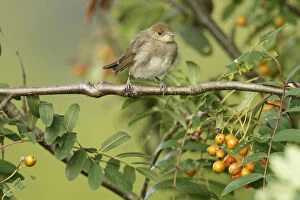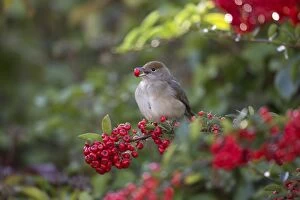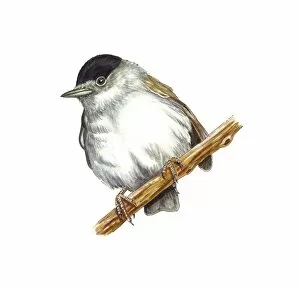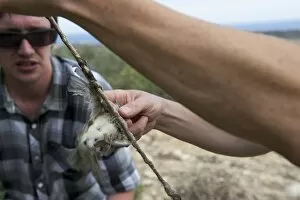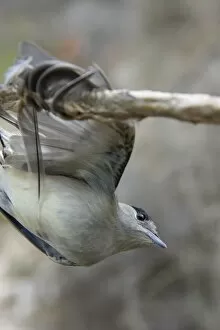Sylvia Atricapilla Collection (page 3)
The Sylvia atricapilla, commonly known as the Eurasian blackcap, is a fascinating bird that has captured the attention of naturalists and bird enthusiasts alike
All Professionally Made to Order for Quick Shipping
The Sylvia atricapilla, commonly known as the Eurasian blackcap, is a fascinating bird that has captured the attention of naturalists and bird enthusiasts alike. With its striking appearance and unique behaviors, this species holds a special place in the world of avian wonders. The male blackcap is a sight to behold, especially when perched amidst blossoms in Hungary during April. Its sleek feathers contrast beautifully with the vibrant flowers, creating an enchanting scene straight out of nature's canvas. This image reminds us of the intricate relationship between birds and their surroundings. Speaking of intricacies, European bird eggs have long been subjects of fascination for scientists and artists alike. A lithograph published in 1897 showcases various eggs including those belonging to crows, swallows, hawks, blue tits, partridges, ducks - and yes - even blackcaps. These delicate creations are testament to the diversity found within our feathered friends' reproductive strategies. As autumn arrives in central Finland during October, we witness another side of these captivating creatures. The male blackcap can be seen amidst rose hips; his plumage blending seamlessly with nature's fiery palette. It serves as a reminder that even as seasons change and landscapes transform into breathtaking hues, wildlife continues to adapt and thrive. But it's not just about individual beauty; social dynamics also play a significant role in these birds' lives. A female blackcap surrounded by two males huddling together for warmth evokes feelings of unity and cooperation among species facing harsh weather conditions. Nature teaches us valuable lessons on resilience through such heartwarming scenes. Unfortunately though sometimes human interference disrupts this harmony. In Cyprus specifically, some Eurasian blackcaps fall victim to traps set using limed sticks - an illegal practice that threatens their survival. Awareness must be raised about such issues so that we can protect these songbirds from harm while appreciating their melodic tunes echoing through forests worldwide.

